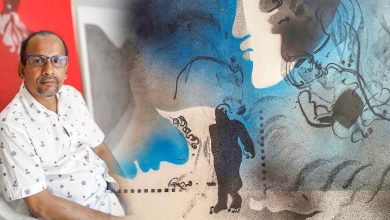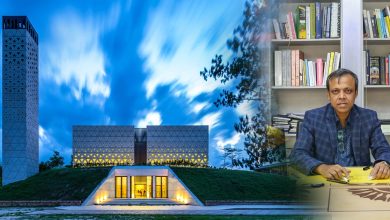Architecture and art have a deep connection created having same organizing principles, visual elements and engagement of senses. They are simultaneously expressive and communicative with an all-encompassing approach. Art gives shape to objects and ideas that are complex, and architectural structures hold significance beyond their functionality. Professor Dr Saleh Uddin Badal is an eminent architect who loves exploring and connecting design principles between art, architecture, interior, product design and installation. His recent work of product design involves various digital tools, including 3D digital model, laser cutter, CNC router, and 3D printer in addition to traditional tools. From an architect, artist, educator to an organizer, author and product designer, he has proven that with perseverance, one can master in all trades of design. With designs that combine timeless forms and modern techniques, Ar. Saleh Uddin is one of the leading names in the architecture realm of our time. Showcase, hence, takes the opportunity to talk about all aspects of this intriguing persona.
From an architect, artist, educator to an organizer, author, and product designer, he has proven that with perseverance, one can master in all trades of design
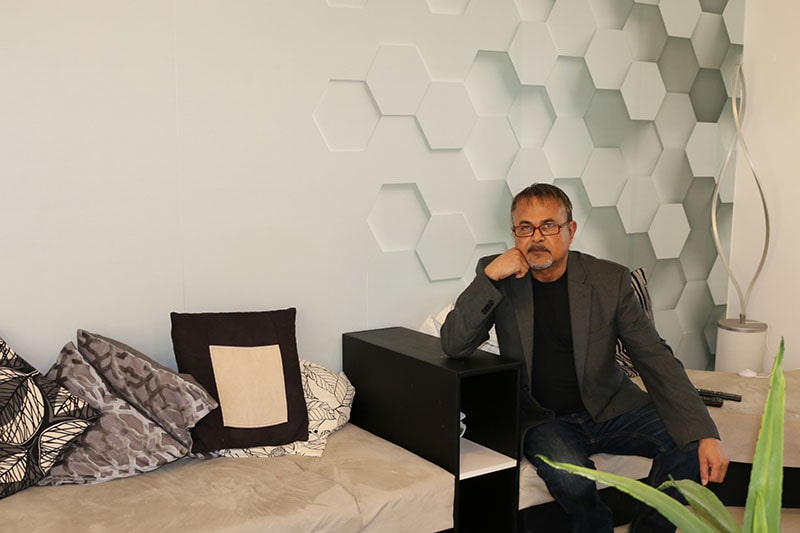
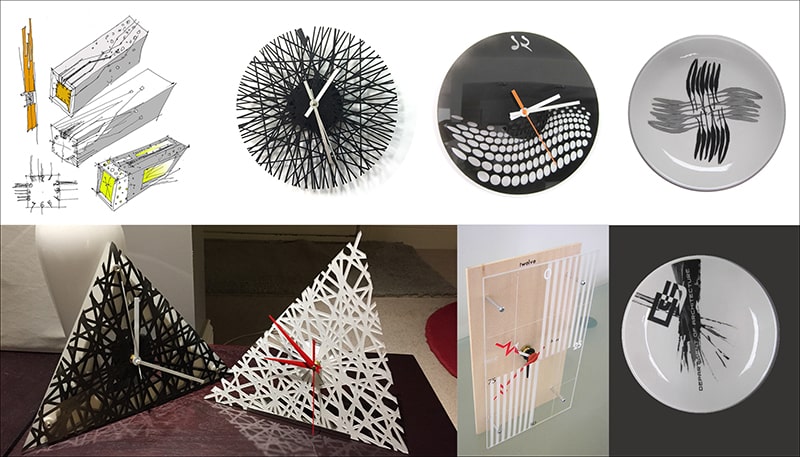
Ar. Saleh Uddin’s compelling background has helped him shape into a person who loves challenging himself in every step of life. He was born in Dhaka on 6 November 1954. He was the third child, the older of two sons to parents Shamsuddin Ahmed Munshi and Fatema Khatun. After his matriculation in Notre Dame College, Ar. Saleh Uddin attended Bangladesh University of Engineering and Technology (BUET) for a bachelor’s degree in architecture. Initially, he wanted to pursue a career in Medical School, but after scoring the third highest in the admission test of BUET, he had a change of heart. “Studying Architecture was never the plan. The first year in BUET was a struggling period for me since I wasn’t that good in the foundation courses like Chemistry, English etc. I was almost about to quit and join a Medical College when my teacher called me and said my design works were impressive and had potential. He encouraged me to stick to architecture”, says Ar. Saleh Uddin.
In his 3rd year in BUET, he was diagnosed with a tumour and hence had to go to London for treatment. There, he worked for a newspaper as a Graphic Designer for a short time. After he returned back in Bangladesh, he put all his dedication to learning the technical aspects of Architecture and graduated summa cum laude and BUET Architecture Thesis Gold Medal for best final year design project in 1981. “In my 5th year, the Head of my Department proposed me to join the Architecture Department as a faculty member. That was a moment of great honour for me!” says Ar. Saleh Uddin. He joined as a lecturer at his alma mater, eventually leaving it to pursue graduate studies at Kent State University in Ohio, United States. He graduated with a master’s degree in Urban Design. Later, he went to the University of Sheffield for a Doctorate degree in Computer Representation from School of Architecture. His PhD thesis was on Louis Kahn’s design of the Bangladesh National Parliament Building.
Ar. Saleh Uddin currently lives in Atlanta, the USA with his wife Moonmonn Saleh, daughter Shereen Saleh and son Zaheen Uddin. He is a tenured full-time Professor of Architecture at Kennesaw State University, Atlanta, Georgia, USA. He was a tenured full-time Professor and Coordinator of the graduate program in Design with Digital Media in the Department of Architectural Studies, University of Missouri-Columbia. During that time a good number of graduate students from Bangladesh had worked under him as Masters and PhD students with research and teaching assistantships. In 2005, he established the Department of Architecture at American International University-Bangladesh (AIUB) in Dhaka. He is also an active contributor to the formation of the Bangladesh Green Building Council. With four published books in the global market, he internationally promotes the value of both digital and traditional media in architectural design and its presentation. His books are widely used as graphical communication and design textbooks internationally. Two of his books (Digital Architecture and Composite Drawing) were in the top 10 best-selling books in Amazon in 2008.

Sharing his experience as an educator he says, “When teaching, I have a very hands-on approach in the architecture studio. I don’t only talk about architecture, but also about different styles of design, art, filmmaking etc. I take pride in saying that many of my students are now flourishing architects and have changed the architectural scenario in both Bangladesh and abroad. I am very fortunate to be able to teach them.”
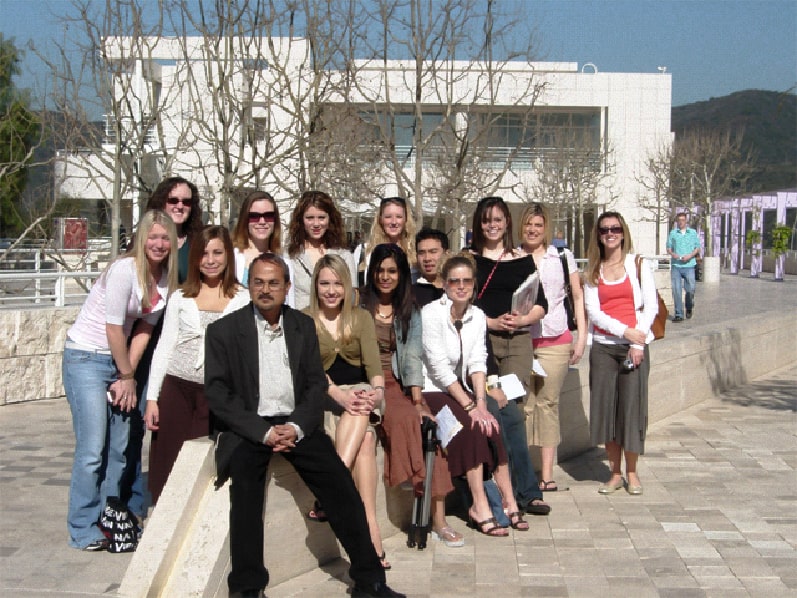
Ar. Saleh Uddin has achieved acclaim both locally and internationally for his artworks, with main focus lying on composition, forms and shapes. He is a prolific artist, excelling in oil on canvas, watercolour, airbrush, freehand sketch etc. He uses spatula to maintain and showcase characteristics of individual colour and its texture rather than using brush to blend colour. He loves experimenting with different materials, geometrical shapes and textures. Many of his paintings are inspired by his native country and the environment. “I loved painting since I was a child. In my free time, I would take a stroll at the art exhibitions of the Faculty of Fine Arts, University of Dhaka (Charukola). I was very drawn to the visual side of the exhibited artworks and was really caught by the sense of composition and colour in each piece”, says Ar. Saleh Uddin. “My very first professional artwork I was commissioned for was a pharmacy signage painting when I was in class 7. When I was studying at Notre Dame College, I, along with six of my friends even started an art school in Dhanmondi which did quite well,” he adds. His painting titled “Folded Landscape” received Honorable Mention Award at the US National Arts Program in 2017.
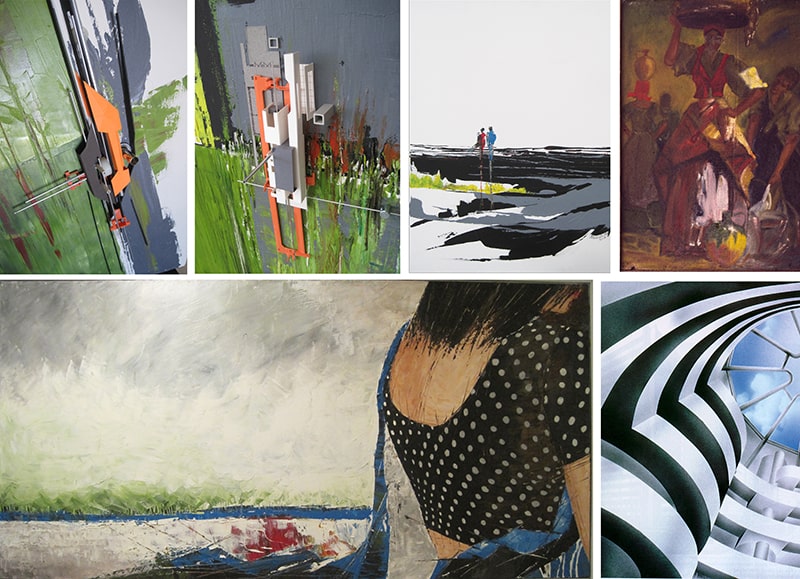
As an architect and artist, Ar. Saleh Uddin’s work is not limited to buildings and interiors but extended to installation, furniture, and product design such as dining table, chair, vertical clock, lamp, room numbers, plates etc. “My mind always wants to create something! One moment I am painting a portrait, the next moment I am designing a lamp. I like to keep myself busy conducting a myriad of experiments”, he explains.
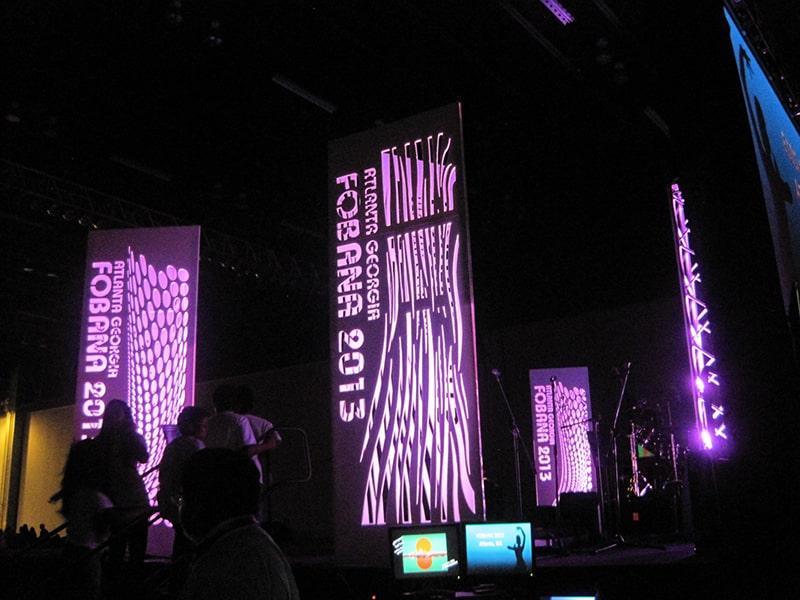
My mind always wants to create something! One moment I am painting a portrait, the next moment I am designing a lamp. I like to keep myself busy conducting a myriad of experiments
In terms of architectural design, Ar. Saleh Uddin believes in creating new contexts that respond to the site and environment. “All design principles and elements have the same thread. If you understand the threading, the design will be energetic and come from the heart. Design shouldn’t be something that you’re struggling with. Even if you are struggling, it should be an enjoyable one. I have a common thread in all my design and artwork”, Ar Saleh Uddin explains. “For an architect, it is vital to have a proper sense of composition, space, material and environment. Every space will emit particular energy, and each space should flow to next space. There should be a seamless flow in the transition between the interior and the exterior”, he adds.
Ar. Saleh Uddin was involved in the architectural design of a number of notable projects. He is the principal architect of Gulshan Club (jointly with Form3 Architects that is currently in its first phase of construction), having won the open design competition for it. With the picturesque panoramic view of surroundings, the structure was designed for the view as well as cross ventilation. The design has become a new symbol of cultural energy for the members and for the city, forming a vector to the future by its emblematic appearance. In 2002, he built his 4000 sq ft home as the general contractor and designer. The structure was called “one of Columbia’s most unique creations” by Columbia Home magazine. His present home at Atlanta, USA addresses the constraints of the linear site and demonstrates that a modern house can be built by maintaining the guidelines of a traditional neighbourhood. Ar. Saleh Uddin has designed the Bangladesh Institute of Health, Science & Technology in Mirpur, Dhaka which is now under construction. The design concept takes lessons from organizational strategies of the human body and schematically diagrams those on functions of hospital facilities.
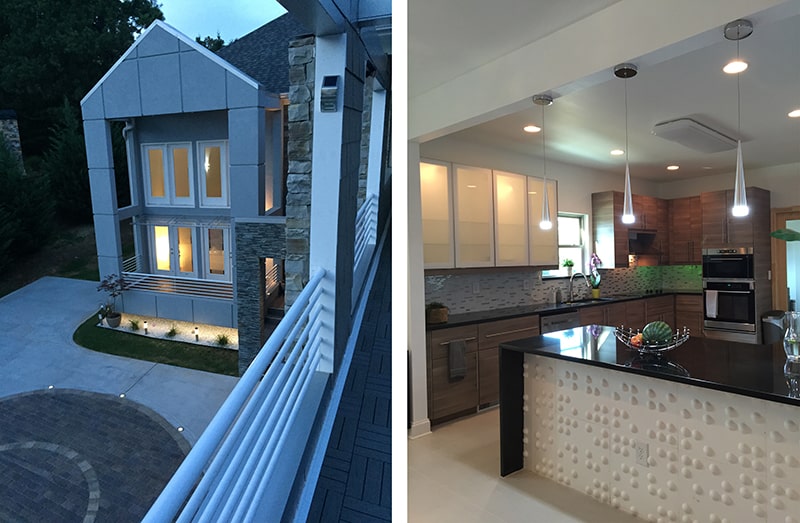
His present home at Atlanta, USA addresses the constraints of the linear site and demonstrates that a modern house can be built by maintaining the guidelines of a traditional neighbourhood

Every space will emit particular energy, and each space should flow to next space. There should be a seamless flow in the transition between the interior and the exterior of a design.
Ar. Saleh Uddin has received numerous accolades that include the AIA (American Institute of Architects) Design Award, the Award of Excellence from the American Society of Architectural Perspectives, and teaching excellence in two US institutions. To him, this is a changing time that requires changing paradigm. While the technological advancement introduces new devices and gives birth to new possibilities, he doesn’t encourage his students to gravitate towards technology without the proper understanding of its purpose. “Don’t just use technology for the sake of it! Let’s say, you want to create a simple wall in a model. Some students would go to the 3D printer to get it printed which is more expensive. You can just simply cut that by hand and get a similar result. Know where it is appropriate and effective to use technology. There is a myriad of techniques now, and a designer needs to understand which one works the best”, he explains.
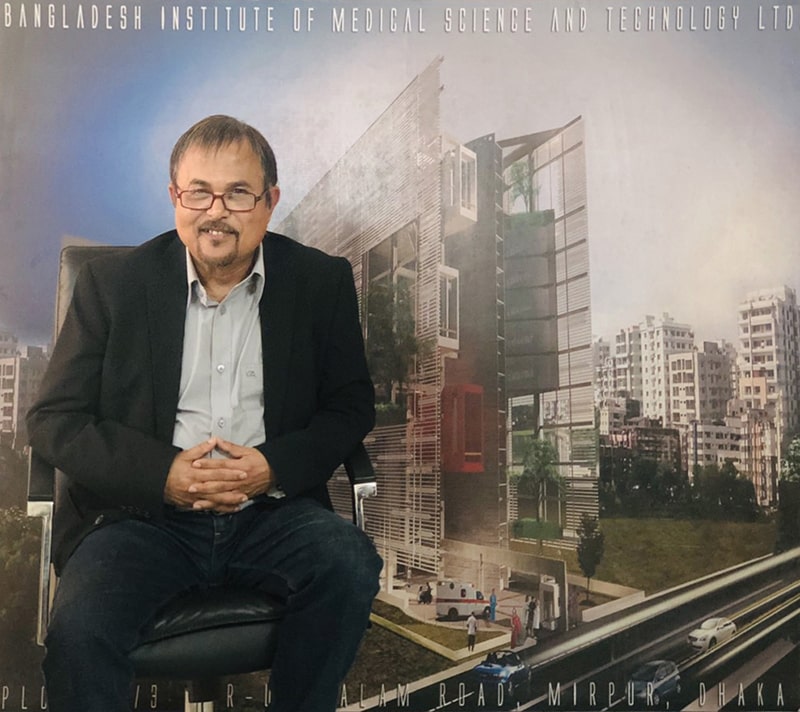
Ar. Saleh Uddin is currently planning on his new book that focuses on diagramming and dissecting buildings for students’ better understanding. His teaching technique is appreciated by all and he is dearly admired by his fellows, architects and students. His works have been critically acclaimed and widely discussed both nationally and internationally and he is undoubtedly a source of inspiration for young architects of generations to come.


